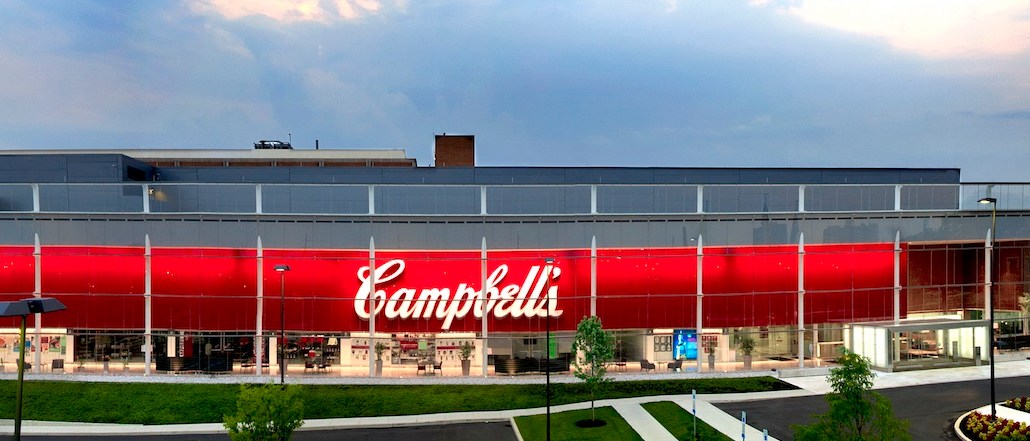
This is ThinkTank, a series in which we quiz brand chiefs and CMOs on where the industry is heading.
Campbell Soup Co. is the classic example of a behemoth packaged goods maker that wants to get faster. It has increased digital spend from 22 percent of its ad budget to just over 40 percent this year. In Campbell’s annual filing, it laid out plans to embrace digital marketing and e-commerce.
Campbell has also emphasized the need to become more like Silicon Valley, as Campbell integrated marketing vp Yin Woon Rani said in our latest marketer Q&A.
You almost doubled your investment in digital this year. Why?
What we’re trying to do is adopt a consumer-first mindset. We have a lot of audience groups, and being connected to the millennial group is the big shift for us. It’s logical. We just need to move where the consumers are.
What do you mean by digital?
A third of our [digital] investment is mobile-directed. It’s different for every brand. We have a very kitchen- and food-involved audience, for example, for certain brands. For V8, it’s a young audience, so we’ve definitely focused on mobile there. For our Pace brand, we are focusing on digital messages from consumers as they go along the shopping journey. With digital and CPG, you can’t have a blanket, one-size-fits-all approach.
How do you feel about digital video?
We do have a very significant TV buy, but we’ve been encouraged by digital video. We did some testing around video platforms that has been pretty encouraging. We have some nice knowledge about completed video rates and how they correlate to sales results. It does speak to the power of good content.
Digital seems to touch every part of every organization. Have you organized yourself differently?
We’re in the middle of a pretty significant organizational transformation. We know we need to become nimbler and faster. We’re bringing together major marketing departments, design, digital, media all into one team so we can quickly design marketing products. We’re beginning to see how that’s breaking down silos. It’s a process.
What does that mean?
We organize around brand categories. Our category teams now have daily huddle meetings to talk about hot topics and divide up work for the day. We’ve taken some tips from tech; that’s very common in agile tech development. We have to break reliance on meeting cultures.
More standing meetings?
Some of those teams meet in places with no chairs. I don’t like that, personally.
Have you been doing more work in-house?
Not really, in this last round. We’ve always had a nice mix of in-house and outside resources. For example, we have a very robust kitchen group that does a lot of recipe testing and creates films and videos.
We’ve heard of prioritization being a big challenge.
I’ve had to prioritize, so I have four “M’s.” I’m focusing on measurement, multicultural, mobile and doing things that matter.
What’s that last thing?
I guess that last one is cheating since it doesn’t start with an “M.” But we’ve shifted, as our consumer tastes have, to trying to do things with a purpose. We’ve focused on messaging about our food as “real food” that matters.
We’ve heard brands say their teams and their agency partners need to be more diverse.
Yes. It’s a personal issue since I’m of color and I came from the agency side. We’ve made progress since I joined the business. The consumer base and talent base is more diverse. But there’s a way to go.
More in Marketing

TikTok pushes deeper into AI-powered ads amid uncertainty over U.S. ban
TikTok has big plans for Smart+ and search this year, despite its ongoing legal battle.

Sam’s Club sees initial success with digital checkout
Sam’s Club’s CFO said at an investment conference that “if we fast forward into the future,” there will probably be no checkout registers.

How employment is projected to transform in media during the AI era
Experts offer pointers on how to future-proof your career or re-enter the job market in a period of disruption.





